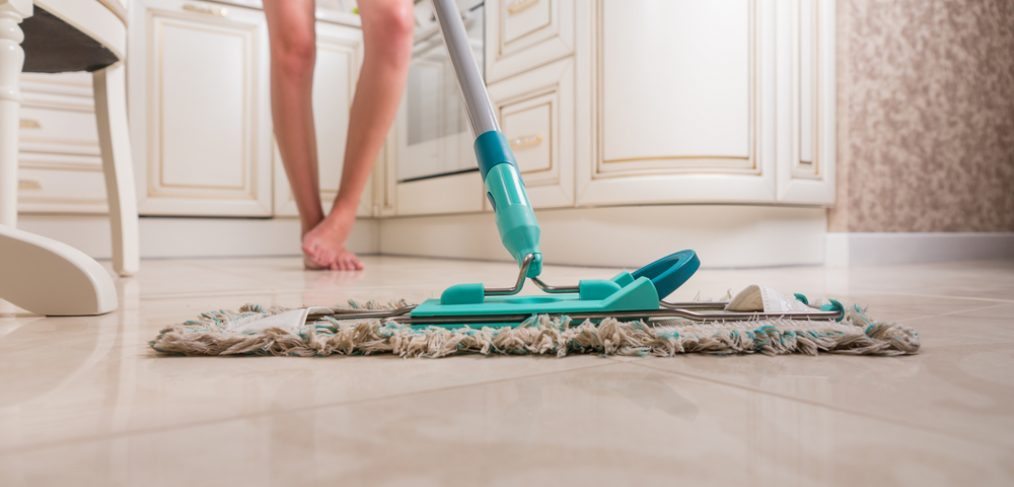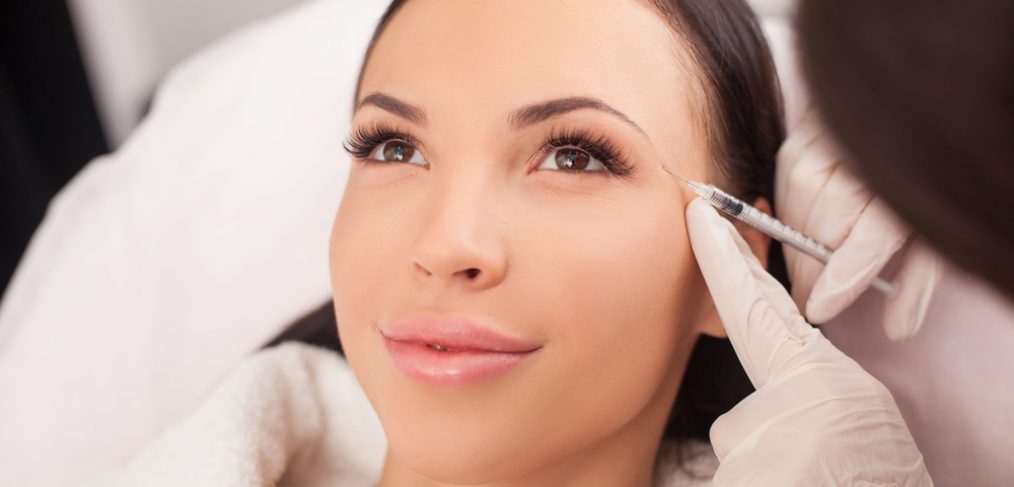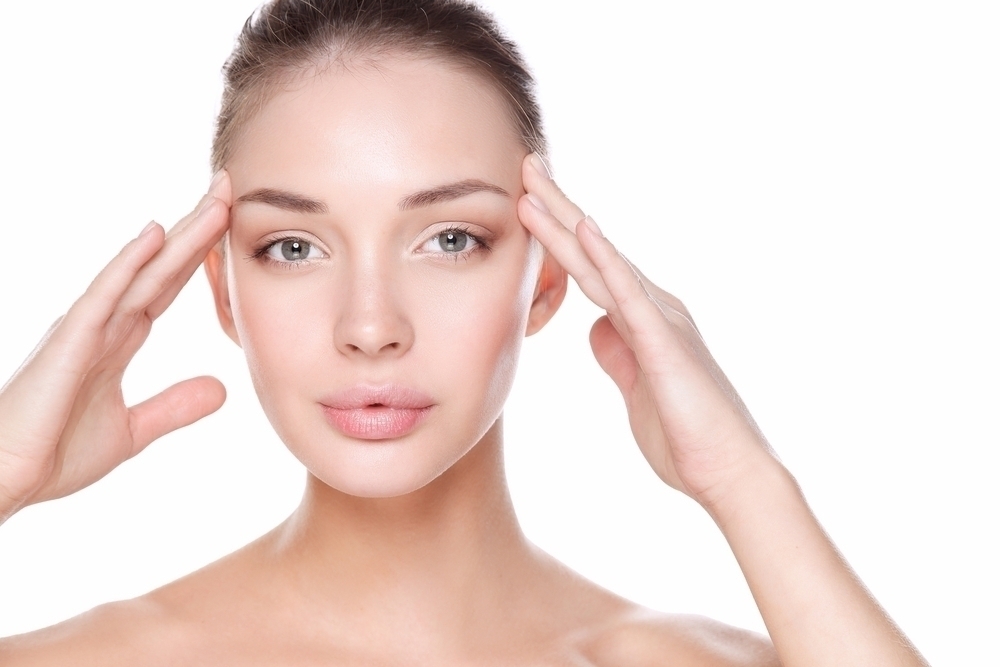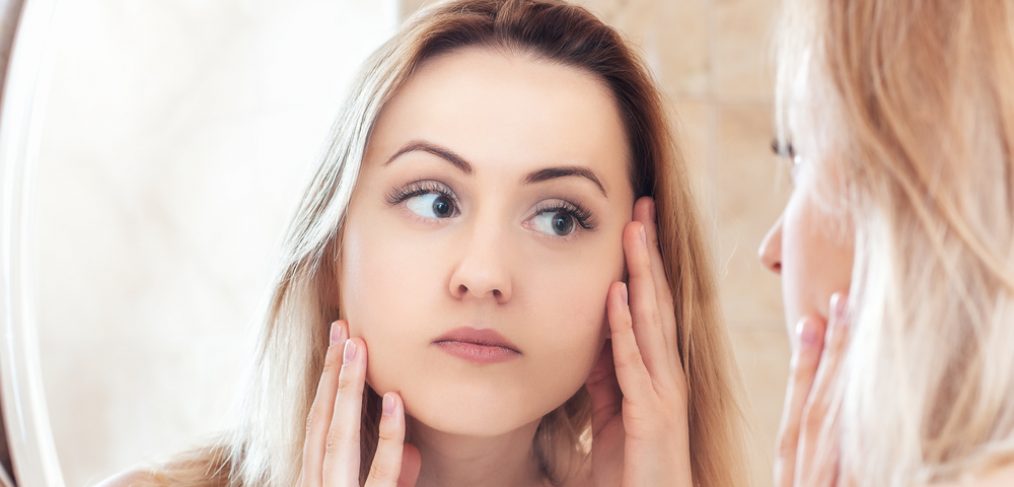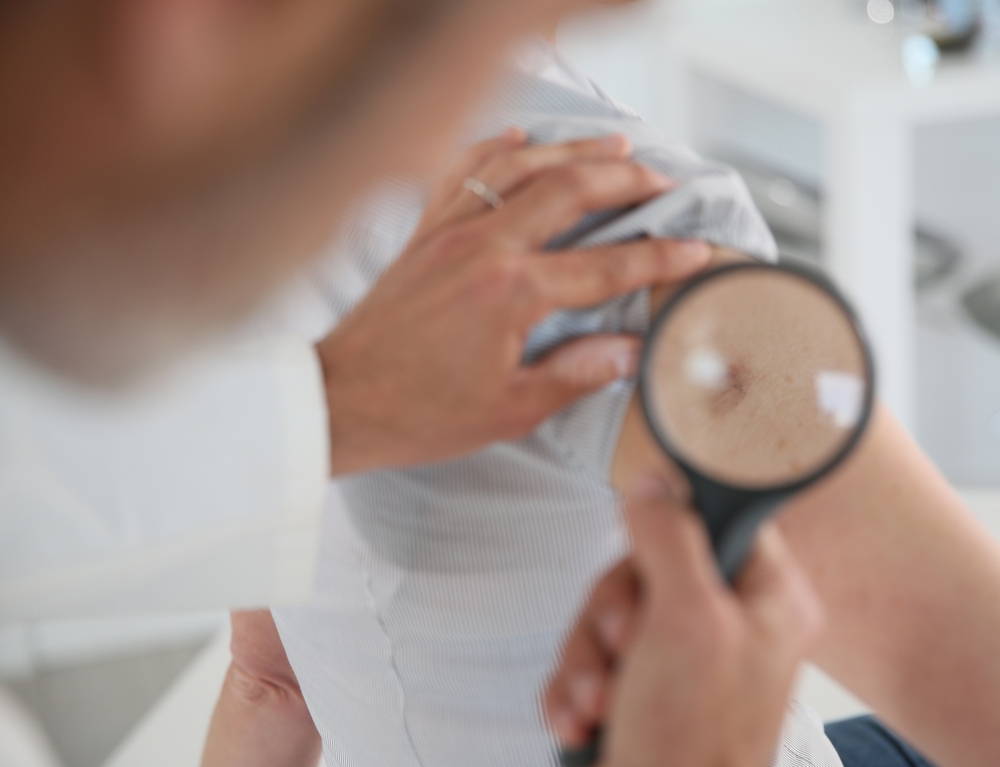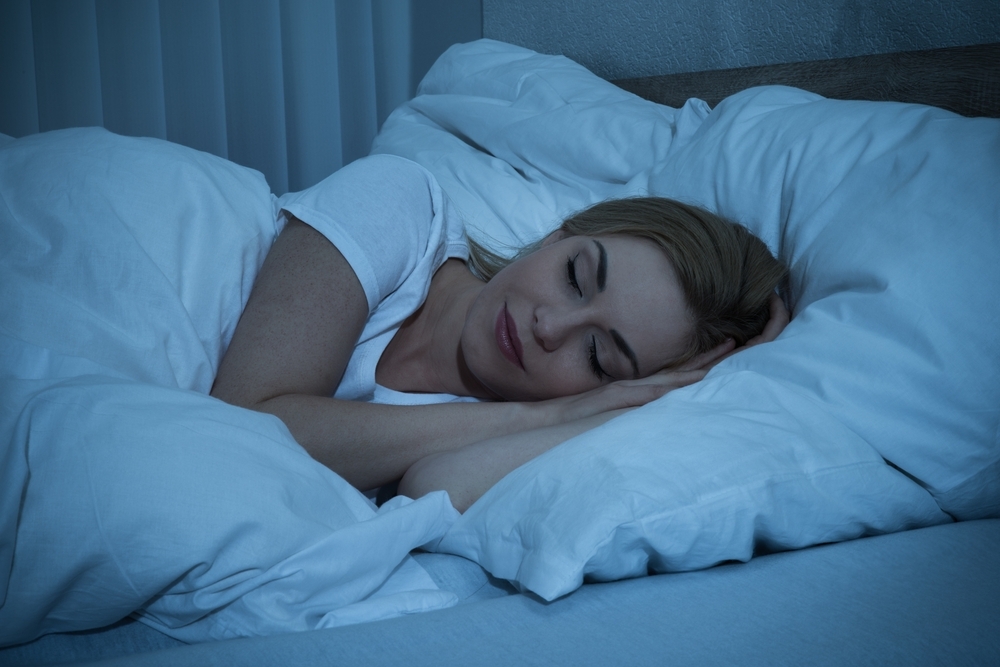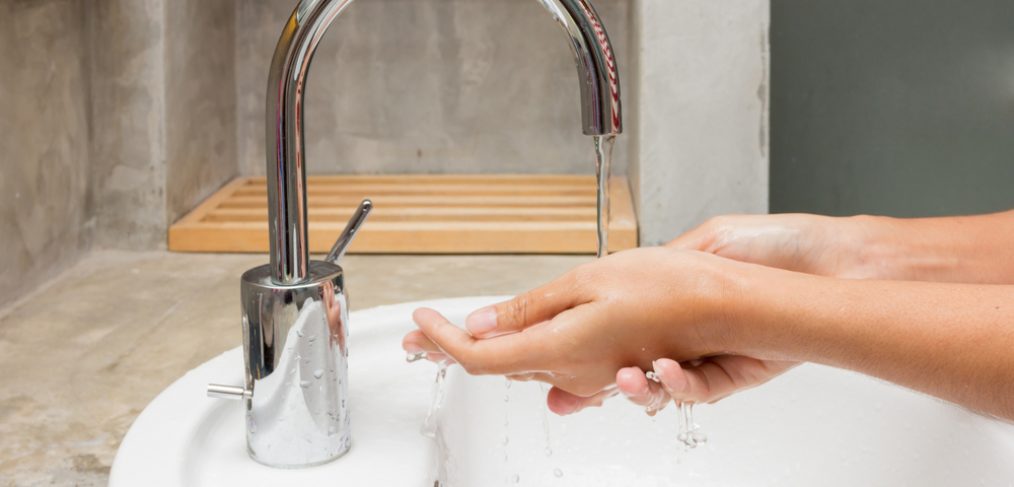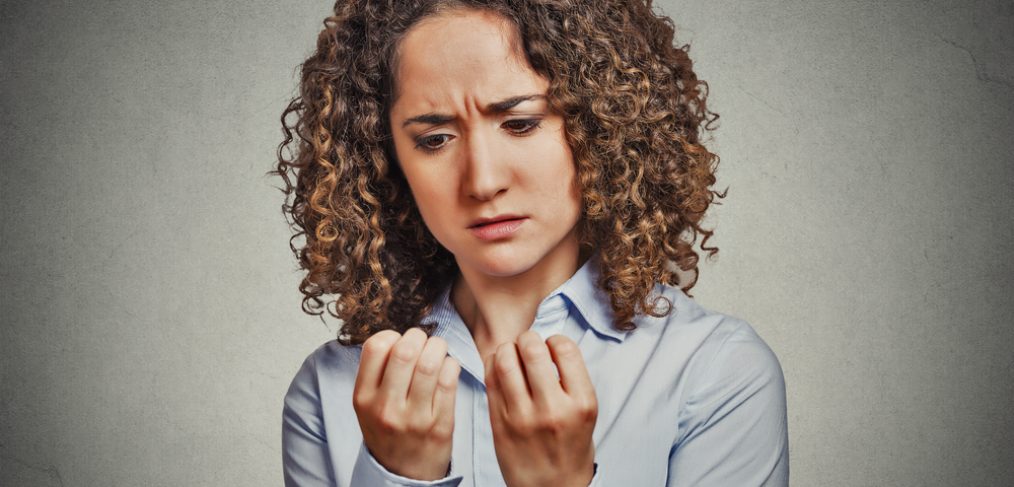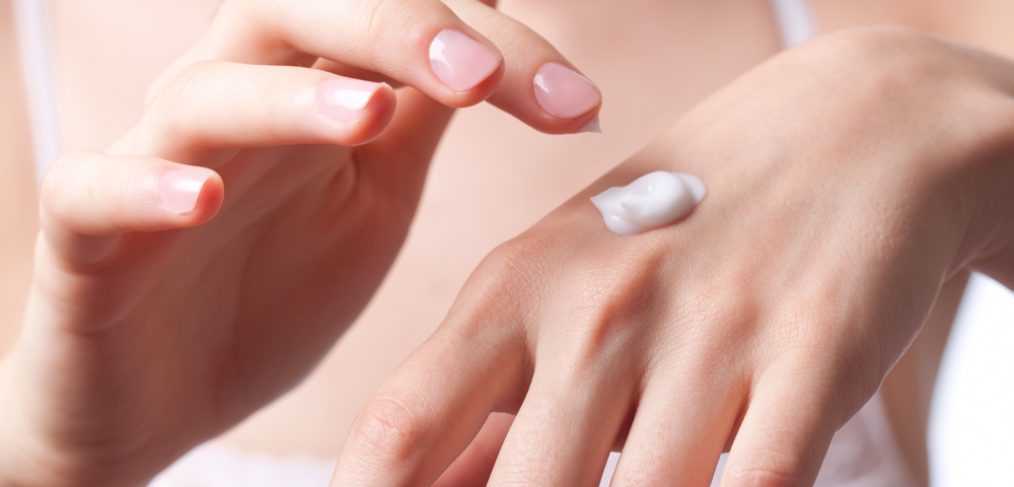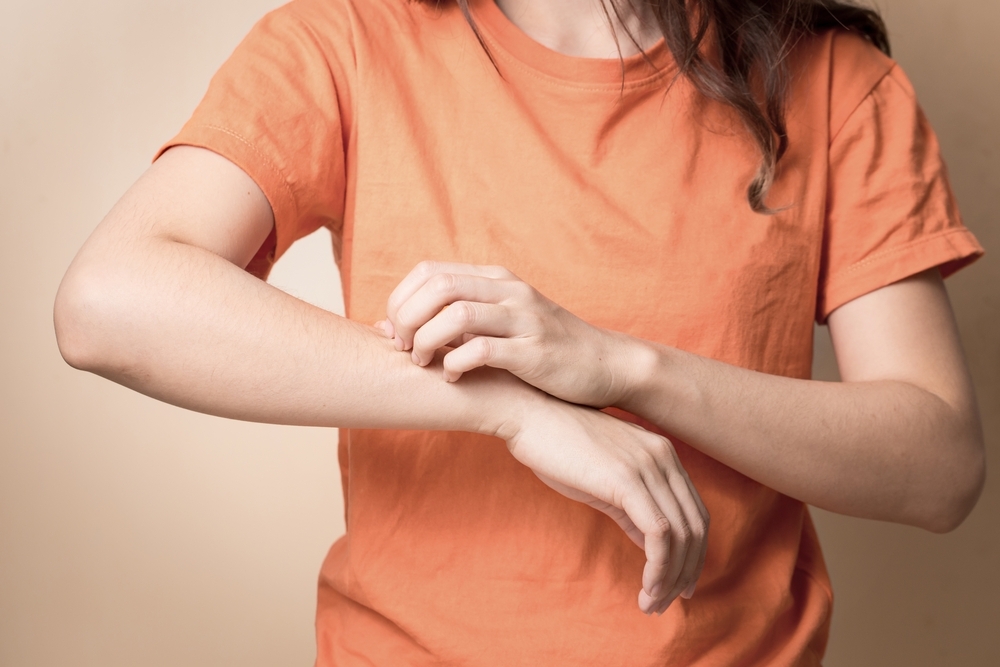With the official start of spring days away, everybody is buzzing about spring cleaning. Some people genuinely look forward to this time of year and take the opportunity to deep clean, organize and declutter every area of their home. However, some dread the thought of spring cleaning because it can be quite overwhelming. If you are somebody who needs extra encouragement and motivation to start your spring cleaning, we’ve got you covered. Below, find some surprising incentives to clearing out your clutter and organizing your home during spring cleaning.
Decrease Stress
The state of your surroundings can have a very significant impact on your mental health. In fact, many Americans rank home organization and cleanliness as one of the top five stressors in their lives. Women, in particular, are prone to being affected by how the perceive the general order of their home; women who believe that their home is cluttered have been found to have chronic levels of cortisol, a stress hormone. Spending a few hours or a weekend clearing your home of clutter and cleaning it up can help you decrease your stress levels.
Boost Productivity
Think spring cleaning is just for the home? Think again. A cluttered desk decreases your levels of productivity because there are so many distractions. When your workspace is cluttered, your mind tends to mimic its surroundings. Getting a good system of organization and clearing clutter from your desk will help you organize your thoughts and your work more quickly. The Association of Psychological Science notes that clutter on your desk or work area can lead to increased snacking and craving of sweets, so clearing your clutter can also cut down on your calorie intake.

Get a Workout
You probably don’t consider your spring cleaning a workout, but vigorous cleaning can actually burn a lot of calories. With all of the lifting, bending, stretching and organizing, you get a workout that uses all of your muscles. The following activities are all great ways to burn some calories:
- Mopping – Cleaning your floors may not be the most fun chore, but an hour of mopping burns about 150 calories. If you have to put some extra work into your floors and get on your hands and knees to really scrub, you can burn almost 190 calories in just 30 minutes.
- Cleaning the Bathtub – There’s just something deeply satisfying about stepping into a clean tub or shower and the act of cleaning it can work up quite a sweat. Just 15 minutes of scrubbing your tub burns about 90 calories.
- Redecorating – Putting a fresh coat of paint on your bedroom walls? Rearranging the pictures on your gallery wall? In 30 minutes of indoor decorating, you’ll burn more than 150 calories.
Spring cleaning may not always be the most fun activity, but it is an important undertaking. When you clear clutter, you clear your mind, boost your mood and increase your productivity. At the same time that all of these benefits are enjoyed, you also get physical exercise from cleaning, organizing and decorating your home. Hopefully, knowing these extra benefits of spring cleaning will make your work that much more enjoyable and easier.



